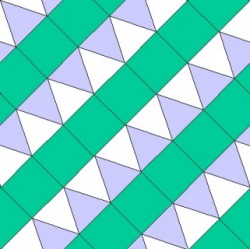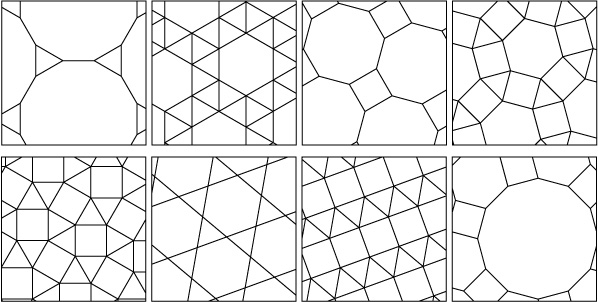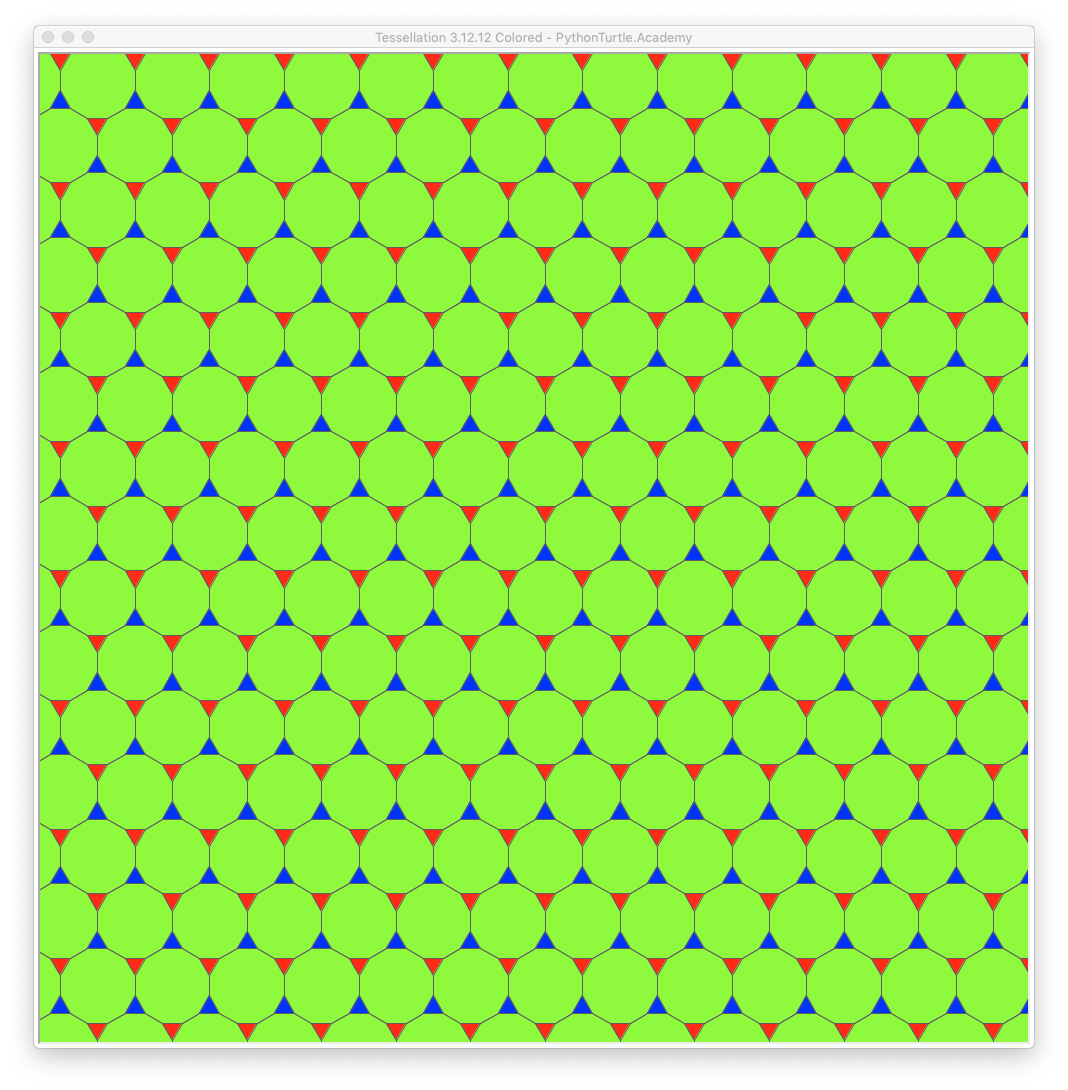

(See Semiregular polyhedron on Wikipedia. Conversely, others choose the path of inclusion, admitting figures such as certain nonconvex (but still uniform) star polyhedra, as well as the duals of all included polyhedra. In regard to 3-dimensional polyhedra, convexity is often implicitly assumed, and the infinite classes of prisms and antiprisms may also be omitted, leaving just the Archimedean solids. In geometry, usage is sometimes inconsistent. There are only eight possible semiregular tessellations. The tessellation at the right in Figure 9.38 is not a semiregular tessellation because the two figures are a square and a nonregular octagon. How is a tessellation named A tessellation (sometimes also called a tessellation) is when you cover a surface with a pattern of flat shapes so that there are no overlaps or gaps.

The polygon array is identical at each vertex. There are nine different types of semi-regular tessellations that can be created by using various shapes at various lengths, such as combining triangles, hexagons, and squares. A semiregular tessellation has the following properties: It is made up of regular polygons only. The tessellation at the left in Figure 9.38 is a semiregular tessellation because the two figures are a square and a regular octagon. Semi-regular tessellations: When two or three different polygonal shapes share a common vortex, it is called a semi-regular tessellation. One that we will consider here is the semiregular tessellation-a tessellation of two or more regular polygons that are arranged so that the same polygons appear in the same order around each vertex point. 2011, Tom Bassarear, Mathematics for Elementary School Teachers, page 583,.While one of the semiregular polyhedra was mentioned by Plato, their first serious study is attributed to Archimedes. 2003, Saul Stahl, Geometry from Euclid to Knots, 2010, page 272,.In a semiregular tessellation, there is an isometry of the plane carrying any vertex to any other vertex. Singer, Geometry: Plane and Fancy, page 35,

It will be seen below that this semiregular polyhedron is of importance in its relationship to periodic minimal surfaces serving as a conceptual reference. Fischer, Deann Cox (editors), The Fullerenes, page 115, MacKay, The Geometry of Hypothetical Curved Graphite Structures, H.


 0 kommentar(er)
0 kommentar(er)
